I’m midway through Lewis Hyde’s fascinating book, The Gift. If you haven’t read it, here’s a synopsis from the back cover: “The Gift is a brilliant defense of the value of creativity and its importance in a culture increasingly governed by money and overrun with commodities.”
And from Zadie Smith: “A manifesto of sorts for anyone who makes art and cares for it.”
I don’t know everyone who follows this blog, but I know a lot of you. And I don’t think it’s an exaggeration to say that you’ve all given me some unexpected gift, expecting nothing in return, that has moved me and changed the way I’ve thought about the world. And that gift has stayed with me until a time has come when I’ve had the opportunity to play it forward and hand the gift off to someone else. I’m not talking about physical things here; I’m talking about something much more subtle. A spirit, if you will.
I want to pull a quote out of the book that is from Allen Ginsberg. It sums up how I feel about writing (particularly my own personal style). And it gets to this idea of the creation of art as being a gift that is both received (from god knows where) and then passed on (to those who feel changed from art):
“The parts that embarrass you the most are usually the most interesting poetically, are usually the most naked of all, the rawest, the goofiest, the strangest and most eccentric and at the same time, most representative, most universal…That was something I learned from Jack Kerouac, which was that spontaneous writing could be embarrassing…The cure for that is to write things down which you will not publish and which you won’t show people. To write secretly…so you can actually be free to say anything you want…
“It means abandoning being a poet, abandoning your careerism, abandoning even the idea of writing any poetry, really abandoning, giving up as hopeless—abandoning the possibility of really expressing yourself to the nations of the world. Abandoning the idea of being a prophet with honor and dignity, and abandoning the glory of poetry and just settling down in the muck of your own mind…You really have to make a resolution just to write for yourself…, in the sense of not writing to impress yourself, but just writing what your self is saying.”
I don’t think I always accomplish that. Frankly, I seldom accomplish it. But I know when I do. I know what Ginsberg is saying. And this forum allows me to try harder to write “so you can actually be free to say anything you want,” which, as he says, is always the most interesting and the most universal of writing.
So that’s my gift to those who read me: to be as honest as I can in my writing to give you a universal sense of the world and a lens for trying to understand it.
And here’s the gift I would like in return: If you feel that an observation I make informs you or a description entertains you, pass it on. Send an e-mail to five friends you think might also get something out of it. Play it forward. And let’s see how long it takes to circle the world and get back to me.

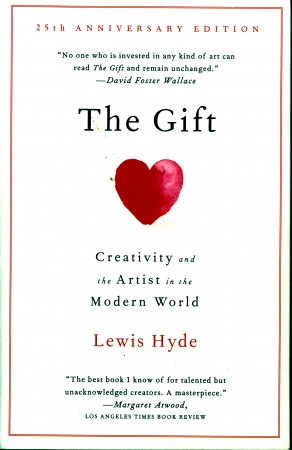
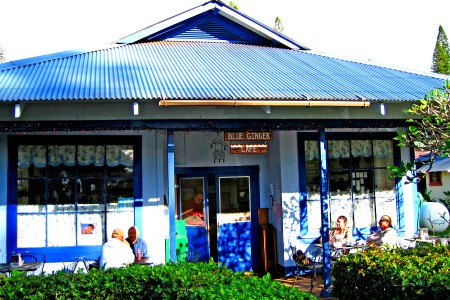

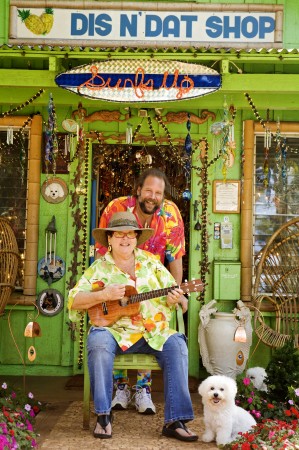
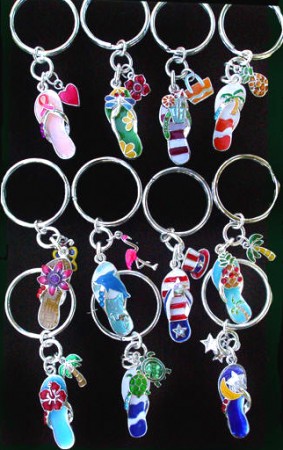
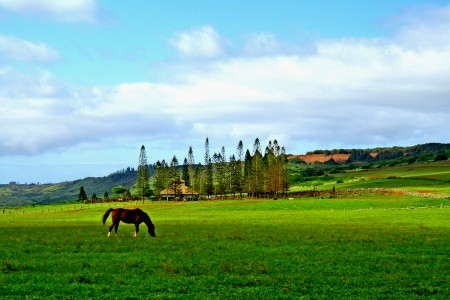
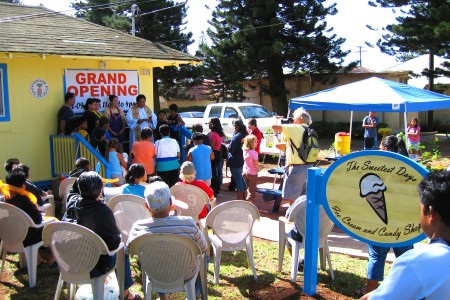
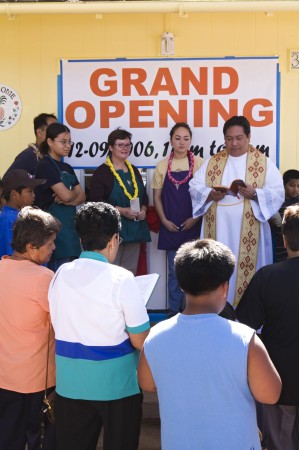
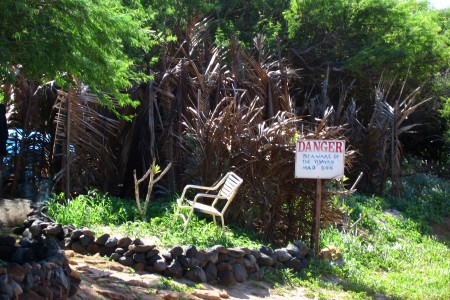
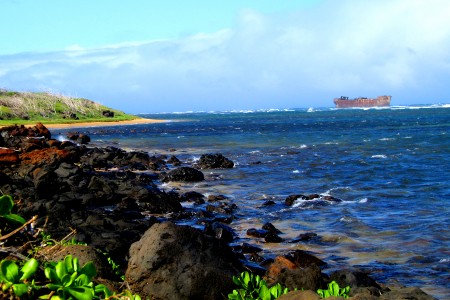
Recent Comments